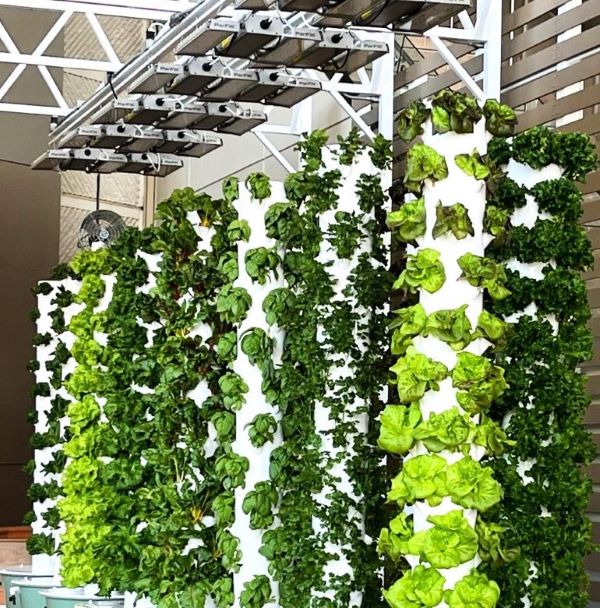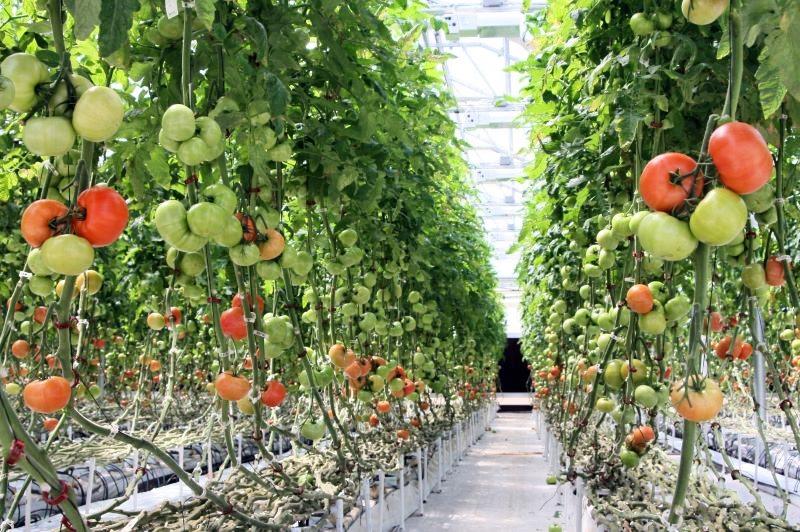From the rise of plant-based and lab-grown foods to advancements in personalized nutrition and experiential dining, the F&B landscape is constantly changing and innovating. Take a look at the top 10 F&B trends for 2025, as predicted by Cayuga Hospitality Consultants.
1. Ethnic Fusion
According to Datassential, 58 percent of consumers are interested in trying fusion cuisine, reflecting a growing trend towards culinary experimentation. In 2025, Look for unique mash-ups that combine elements from different culinary traditions.
2. Plant-Based Evolution
The plant-based movement continues to grow, with innovations making plant-based meats, dairy, and seafood more appealing and accessible. Expect to see more products that closely mimic the taste and texture of animal-based foods. You won’t be alone: according to the Good Food Institute, the plant-based food market is projected to reach $74.2B by 2027.
3. Lab-Grown Foods
Cultivated meats and dairy products are gaining traction as sustainable and ethical alternatives to traditional animal farming, with an increase in lab-grown food options entering mainstream markets in 2025. The cultivated meat market is expected to potentially reach $5.1B next year.
4. Functional Foods
Seeking foods that offer health benefits beyond basic nutrition, consumers are turning to functional foods, including those fortified with probiotics, prebiotics, adaptogens, and superfoods, which will become more prevalent in grocery stores and menus. The global functional food market was valued at $177.77B in 2020 and is projected to keep growing, as per Grand View Research.
5. Zero-Waste Cooking
Sustainability efforts are driving the zero-waste cooking trend, with consumers, hotels and restaurants finding creative ways to use every part of an ingredient, reducing food waste and promoting sustainability. According to the World Wildlife Fund, 1.3B tons of food are wasted globally each year.
Part of the zero-waste philosophy, upcycled ingredients turn previously discarded food byproducts into consumables like snacks, beverages and recipe ingredients. The Upcycled Food Association reports that the market for upcycled foods is worth $46.7B, with an annual growth rate of 5 percent.
6. Regenerative Agriculture

Beyond organic, regenerative agriculture focuses on farming practices that restore and enhance soil health, biodiversity, and ecosystems. Products labeled as “regeneratively farmed” can significantly impact climate change by reducing emissions.
In 2025, also look for hyper-local sourcing—including rooftop gardens, urban farms, and in-house hydroponics—which will be more prevalent in restaurants and markets. The Orange County Convention Center, for one, has its own tower-style hydroponic farm to enhance group dining.
7. Alternative Flours & Grains
With an increasing focus on diversity and sustainability in diets, alternative flours and grains such as teff, amaranth, and cassava will gain popularity. These options offer new textures and flavors while supporting biodiversity. The alternative flours market is expected to reach $35.24B by 2028, according to Grand View Research.
8. Mindful Eating
The global wellness market, which includes mindful eating as part of its approach, was valued at over $1.5T in 2023 and is expected to grow by 5-10 percent annually. This growth signals a broader shift toward health-focused lifestyle choices.
In the wake of the COVID-19 pandemic, there has been heightened interest in foods that support the immune system, so expect more products fortified with vitamins, minerals and antioxidants aimed at boosting overall health.
Advancements in technology are also enabling more personalized approaches to nutrition, with DNA-based diets and personalized meal plans tailored to individual health needs becoming more accessible. The personalized nutrition market is forecasted to grow to $16.4B by 2025, as per MarketsandMarkets.
9. AI & Automation in Food Prep
Artificial intelligence and automation are transforming the food industry. From AI-driven recipe development to robotic chefs, technology will play a significant role in food preparation and service. AI in the food and beverage market is expected to reach nearly $30B next year, according to Mordor Intelligence.
Meanwhile, for those fans of delivery and takeout, the rise of this food style has led to an increase in so-called ghost kitchens and virtual brands. These operations, which exist solely for delivery, will continue to grow, offering diverse and niche culinary experiences. Euromonitor estimates that ghost kitchens could create a $1T global market by 2030.
10. Experiential Dining
With a focus on unique and immersive dining experiences, restaurants will offer more than just a meal. Interactive elements, storytelling, and multi-sensory experiences are projected to become key components of dining out. According to Eventbrite, 75 percent of millennials value experiences over products, driving the trend towards experiential dining.
You May Also Be Interested In…
Raise the Inclusivity Bar with Non-Alcoholic Drinks
Exclusive: Caesars’ Michele Polci Talks F&B Trends
The Culinary Edge—F&B Innovations Worldwide











